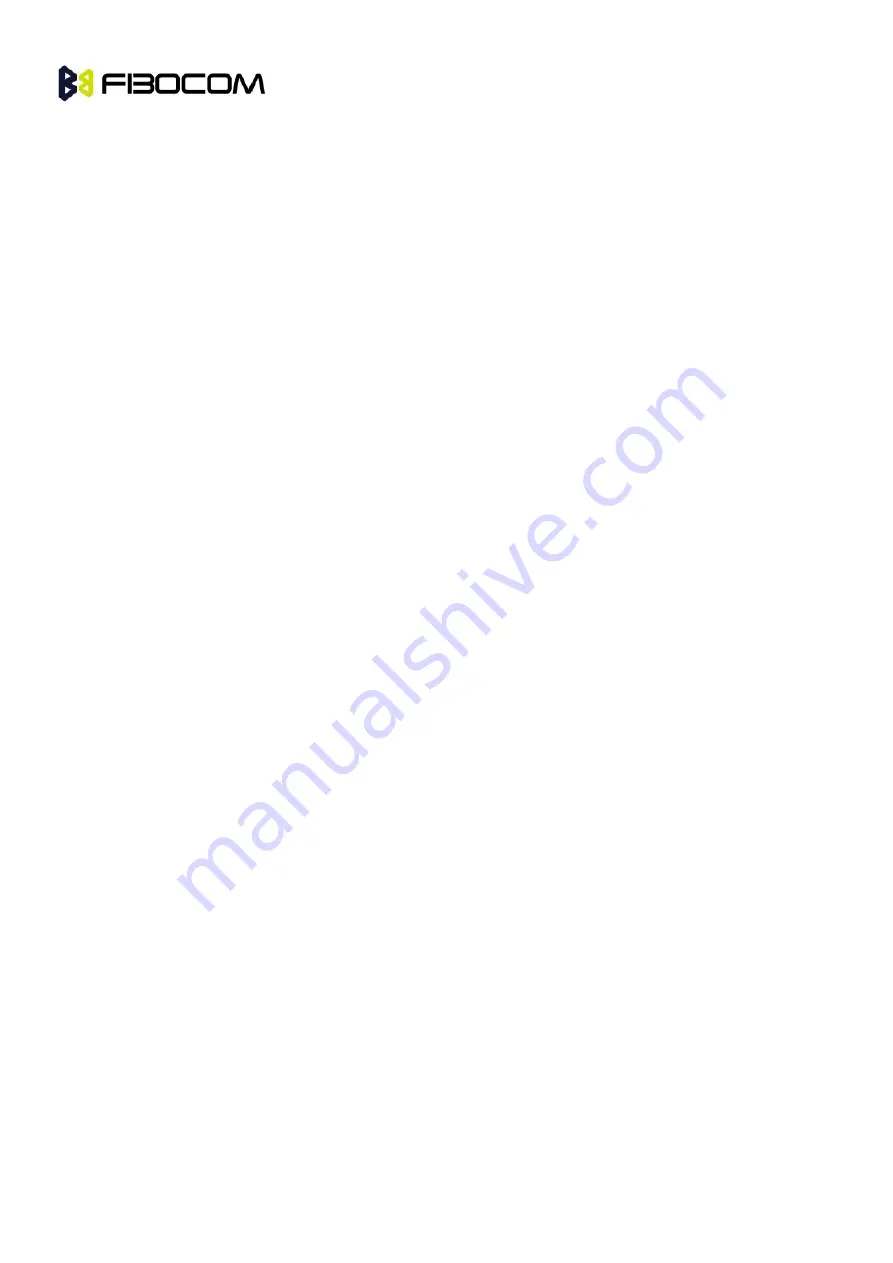
L831-EA Module Hardware User Manual
Page 42 of 43
7.2.2 Impedance Design
The impedance of RF signal lines should be controlled within 50ohm.
7.3 Antenna Design
7.3.1 Antenna Design Requirements
(1) Antenna Efficiency
Antenna efficiency is the ratio of antenna input power to radiation power. Cause the return loss, material
loss, and coupling loss, the radiation power is always lower than the input power.
Recommended value> 40% (–4dB)
(2) S11 or VSWR
S11 can indicates the 50ohm`s matched-degree of antenna .To some degree, it affects the antenna
efficiency. It can measure the indicator through VSWR test, recommended value: S11 < –10 dB.
(3) Polarization
The antenna`s polarization means the rotate direction of electric field in the direction of the maximum
radiation.
Recommend to use linear polarization: it would be better if the polarization direction of diversity antenna is
different from main antenna.
(4) Radiation Pattern
Radiation pattern is the antenna`s electromagnetic-field strength in all directions of far field .Half-wave
dipole antenna is the most suitable terminal antenna.
If it is built-in antenna, PIFA antenna is recommended:
Antenna area (H x W x L): 6mm x 10mm x 100mm. PIFA or IFA antenna is recommended.
Radiation Pattern: Omni-directional.
(5) Gain and Direction
The direction of the antenna is the electromagnetic field strength of the electromagnetic wave in all
directions. The gain is a collection of antenna efficiency and the direction of antenna.
Recommended antenna gain≤ 3dBi
(6) Interference
Besides the antenna`s performance, the other interference on the PCB board can also affect the
module`s performance. To ensure the module`s high performance, we must have a good control to the
interference.
Suggestions: such as the routing of Speak, LCD, CPU and FPC, the audio circuits and the power part
shall try to keep away from the antenna. At the same time, note the corresponding isolation and shielding,


































